Lambrusco and Sangiovese are just the beginning.
There are six areas where different grape varieties grow in Emilia-Romagna, producing an array of high-quality PDO wines. Vines are cultivated throughout the region and grow on the sun-beaten hillsides in the countryside or in the fertile valleys that lie not too far from the sea.
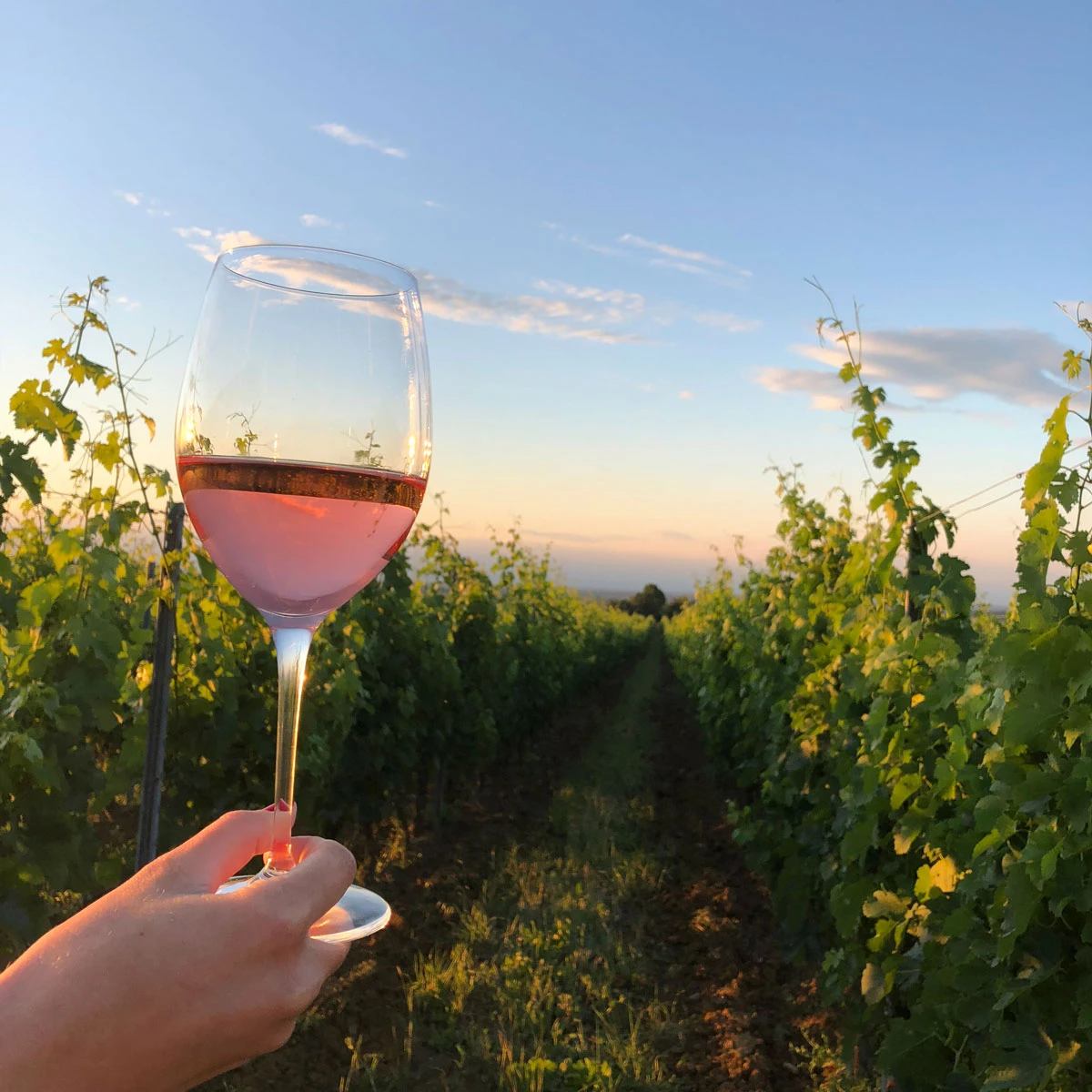
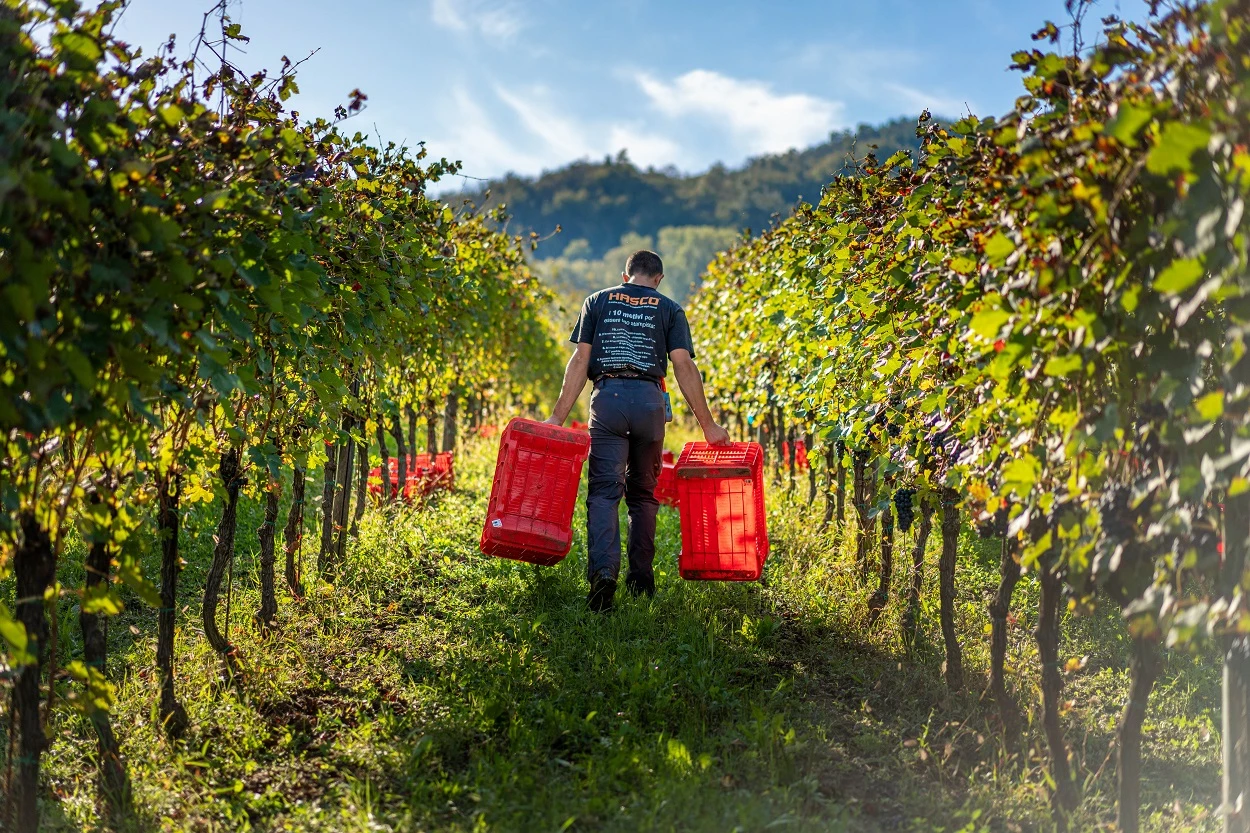
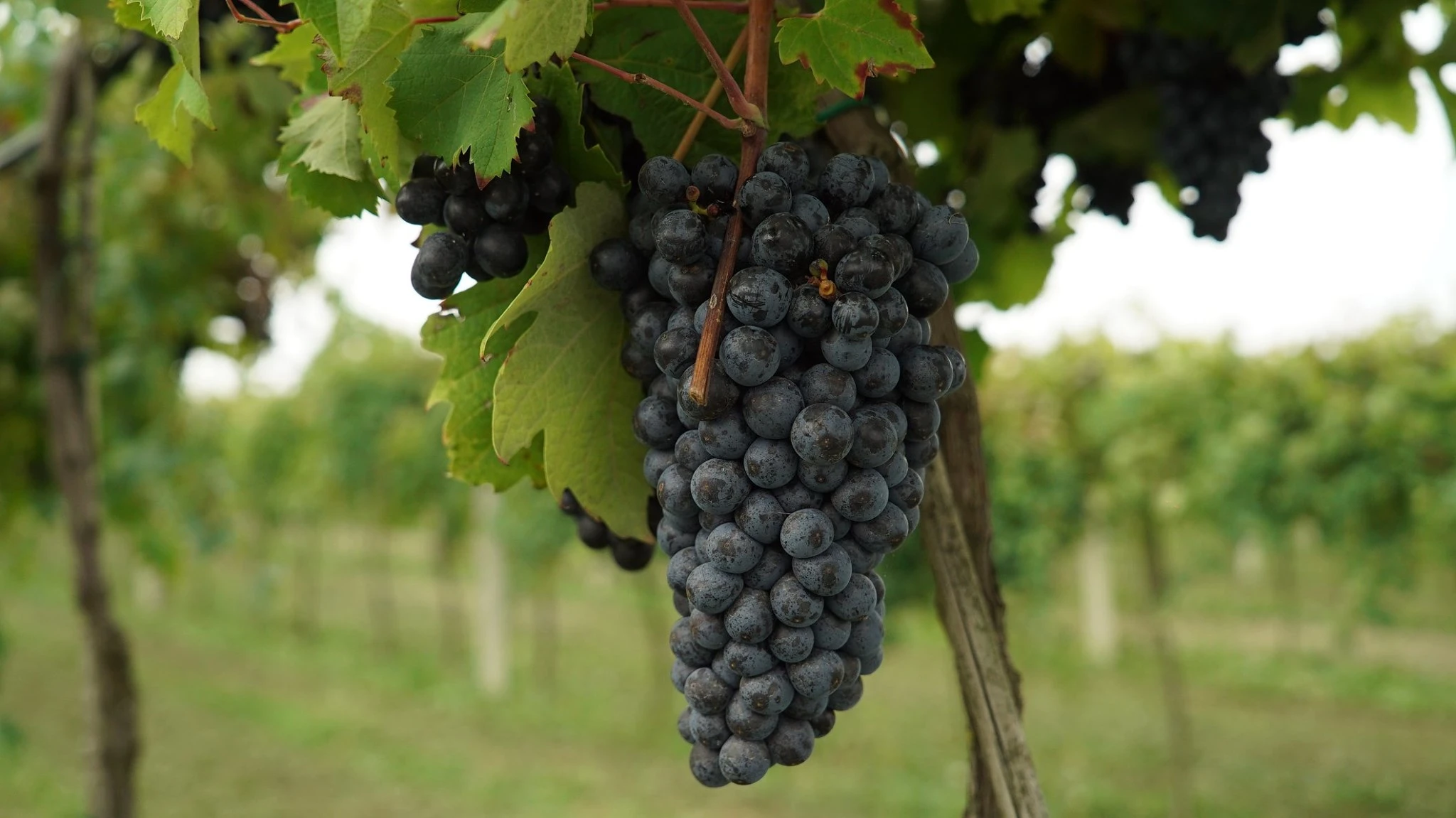
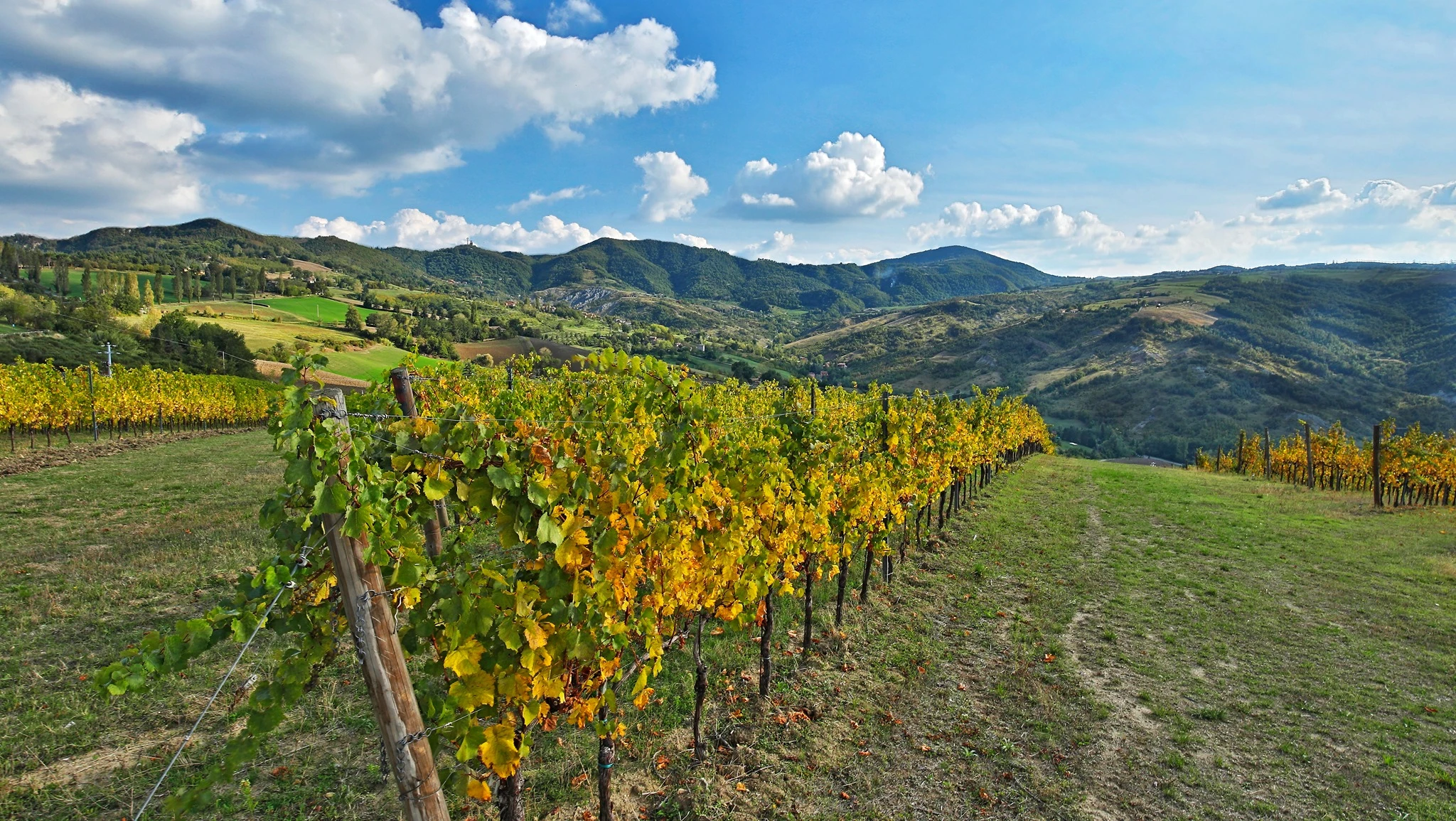
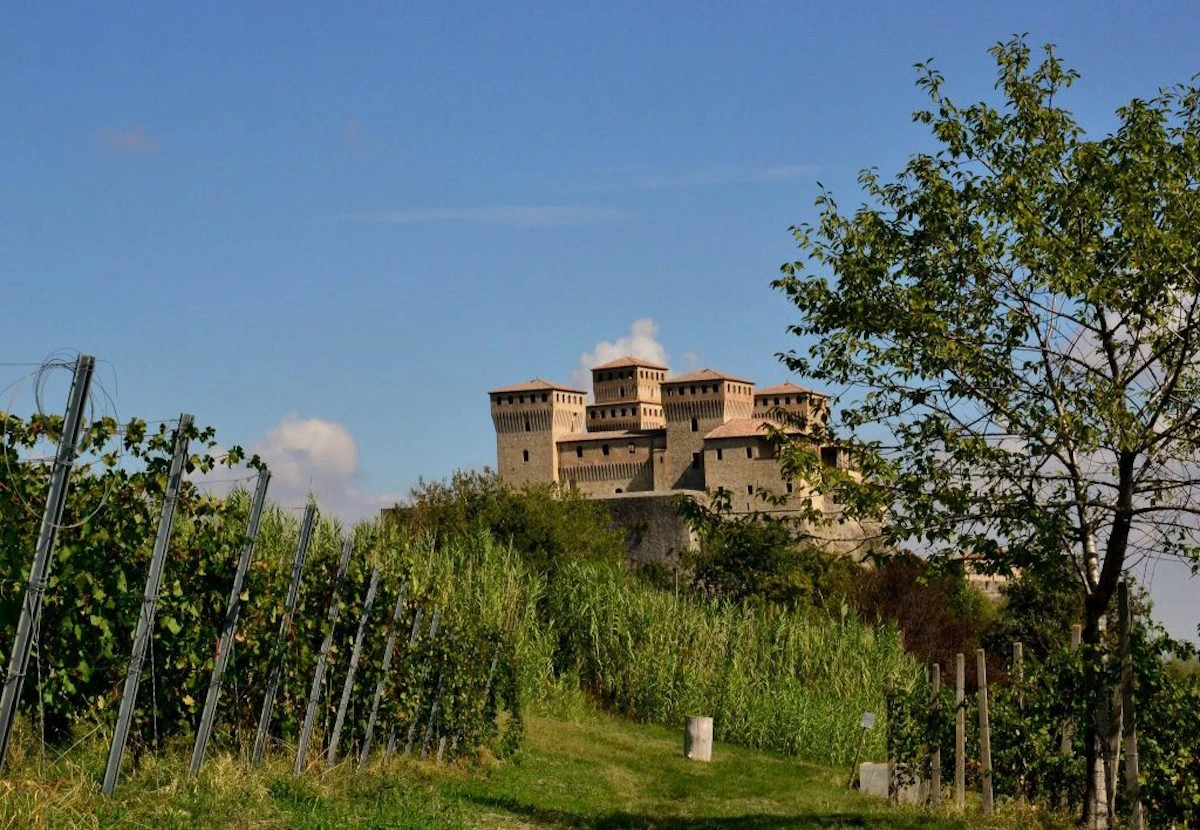
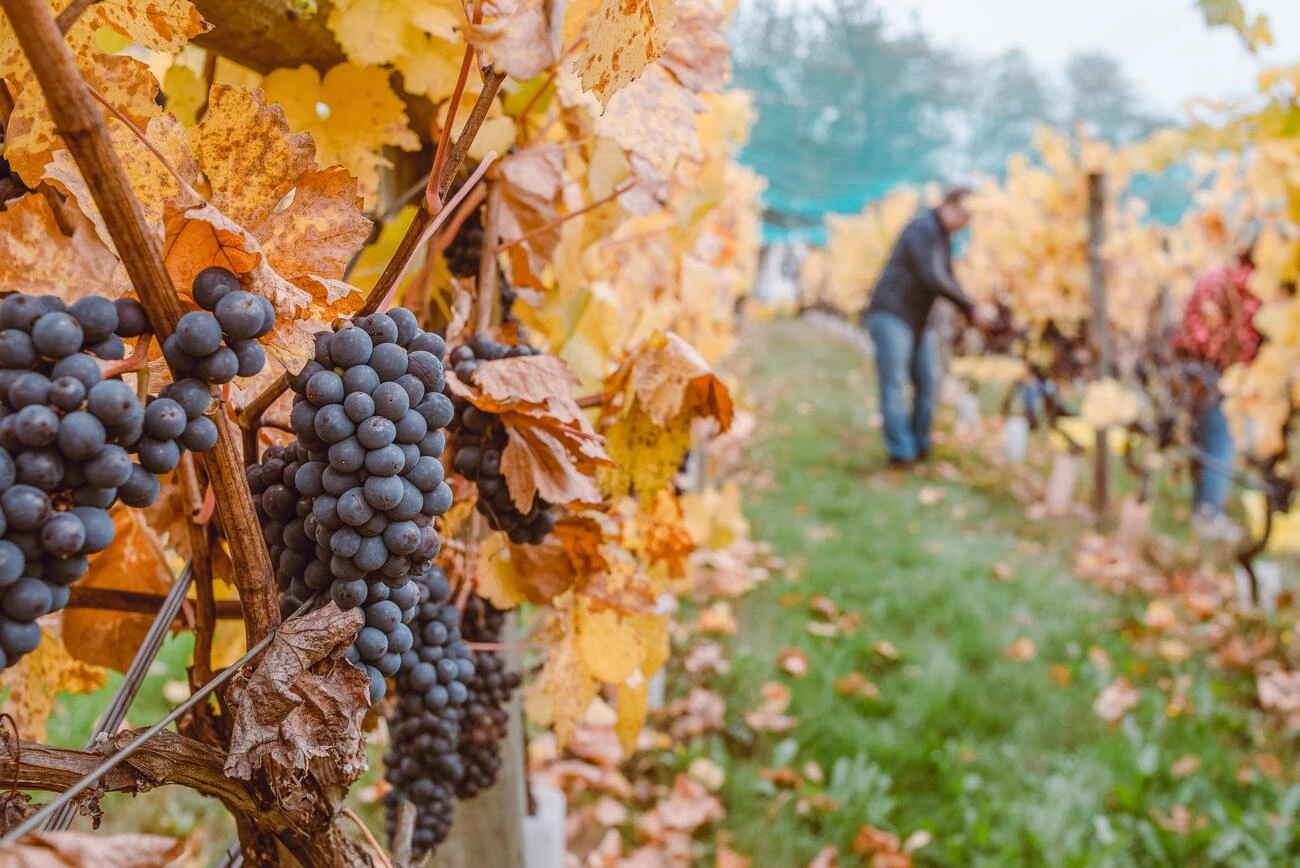
This more coastal location is where the grapes are grown for the PDO Bosco Eliceo wines, also known as Vini delle Sabbie [sandy wines]: these encompass four grapevine varieties that take nourishment from the sandy soil and wet climate along the coastline between Ferrara and Ravenna. This area gives rise to the PDO Bosco Eliceo Fortana and PDO Bosco Eliceo Merlot red wines, and to the PDO Bosco Eliceo Sauvignon and PDO Bosco Eliceo Bianco white wines.
Heading towards the hilly countryside surrounding Bologna, you will come across the Colli Bolognesi wines: three red wines (Barbera, Merlot and Sauvignon) and four white wines (Sauvignon Blanc, Pinot Bianco, Riesling Italico and Chardonnay), in addition to the sparkling Pignoletto that works perfectly as an aperitif and also comes in still, spumante and superior varieties.
There is another hilly area, this time in the provinces of Parma and Piacenza, where wine production has long been a booming enterprise. Wine became part of Parma’s history from the Napoleonic era and has been carried on to this day with the cultivation of four vine varieties: the aromatic Malvasia di Candia and Sauvignon Blanc white grapes, and the Barbera and Bonarda red grapes, alongside many other allochthonous varieties, i.e. those that have been cultivated at a distance from where they originated from.
The Piacenza hills owe their fame to three wines in particular: the red PDO Gutturnio, made from a combination of Barbera and Croatina grapes, the aromatic white PDO Colli Piacentini Malvasia, and the refreshing PDO Ortrugo-Colli Piacentini, also white.
When you think of Romagna wine, the first that come to mind are Albana and Sangiovese. The area where PDO Romagna wines are produced is the vastest in the region, and owes its fame to the grapes from the white Albana variety, very typical of Romagna, with its dry, full-bodied flavour, and the legendary PDO Romagna Sangiovese, which is also produced in the Novello, Superiore and Riserva versions.
Another equally famous wine is Lambrusco, which is mainly produced in the areas of Modena and Reggio Emilia, known as the Terre del Lambrusco DOP, the land of PDO Lambrusco. With its seven branches − Sorbara, Grasparossa, Salamino, Marani, Maestri, Montericco and Ancellotta − this sparkling red wine is characterised by a fruity or violet aroma, and by its classic pink bubbles.
If you want to learn more about Emilia-Romagna wines, nothing beats a visit to the Enoteca Regionale dell’Emilia Romagna wine-makers association, located in the stunning Rocca di Dozza citadel. As the guardian of the region's wine-making traditions and custodian of more than 1,000 different types of wine, this Enoteca comprises an exhibition and a wine bar where you can sample some of the wine for yourself.